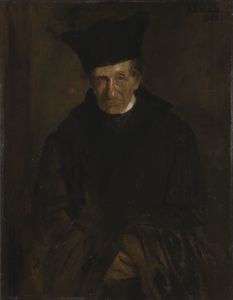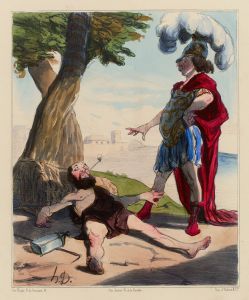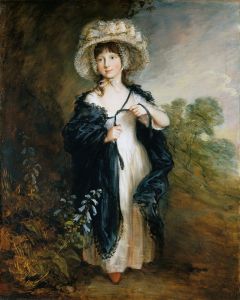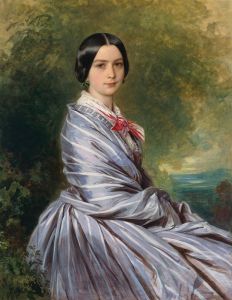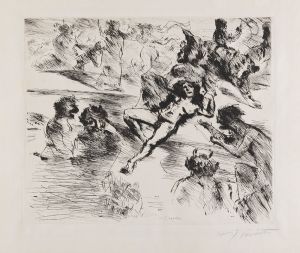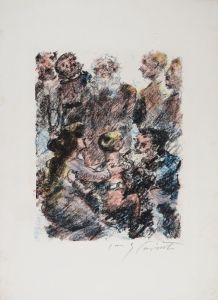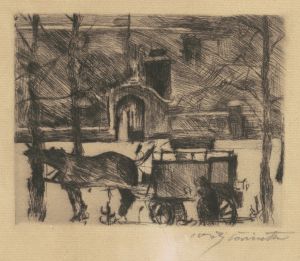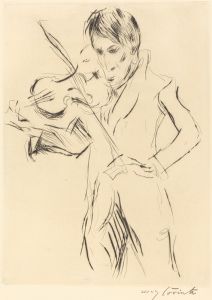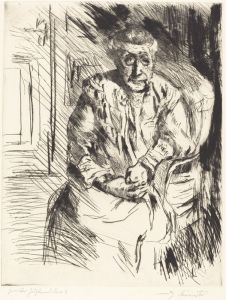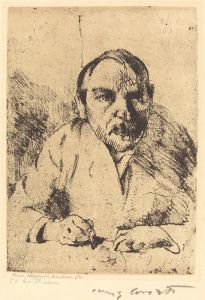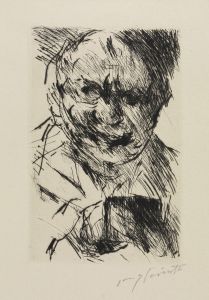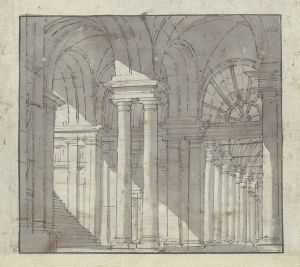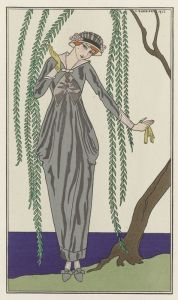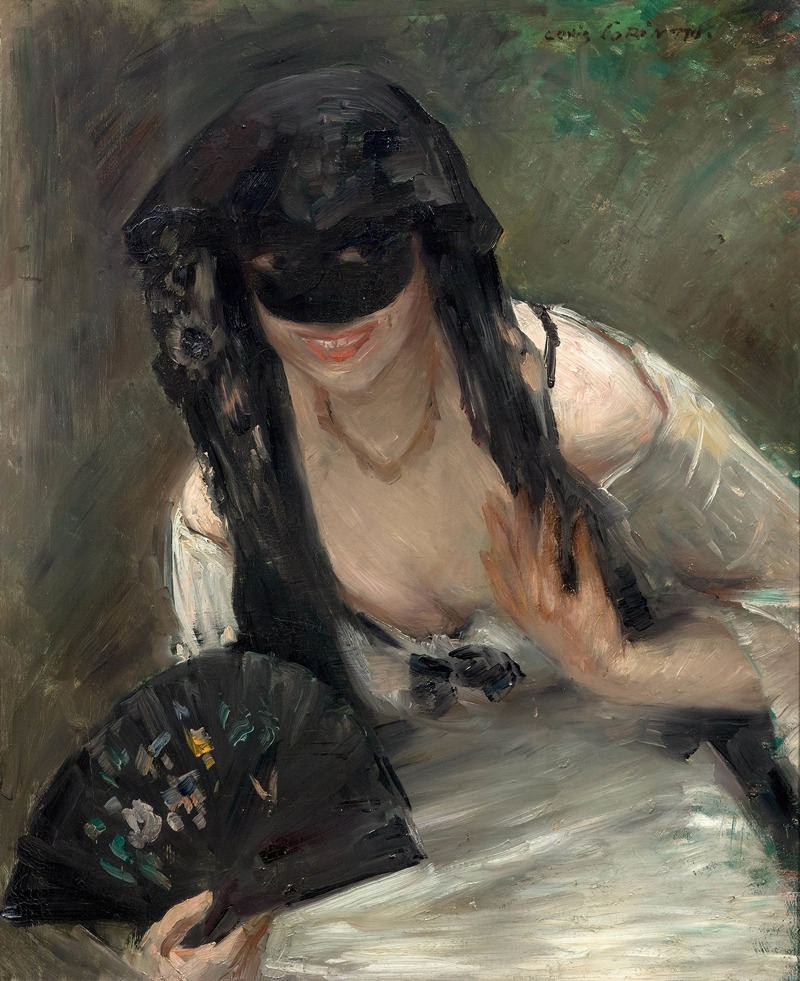
Maske im weißen Kleid
A hand-painted replica of Lovis Corinth’s masterpiece Maske im weißen Kleid, meticulously crafted by professional artists to capture the true essence of the original. Each piece is created with museum-quality canvas and rare mineral pigments, carefully painted by experienced artists with delicate brushstrokes and rich, layered colors to perfectly recreate the texture of the original artwork. Unlike machine-printed reproductions, this hand-painted version brings the painting to life, infused with the artist’s emotions and skill in every stroke. Whether for personal collection or home decoration, it instantly elevates the artistic atmosphere of any space.
Lovis Corinth was a prominent German painter and printmaker, known for his significant contributions to the transition from Impressionism to Expressionism. One of his notable works is "Maske im weißen Kleid" (Mask in a White Dress), which exemplifies his unique style and thematic interests.
"Maske im weißen Kleid" was created during a period when Corinth was deeply engaged with exploring the human condition through portraiture. This painting, like many of his works, reflects his fascination with the complexities of identity and the interplay between appearance and reality. Corinth often used masks in his paintings as a metaphor for the hidden aspects of human nature, a theme that resonates in this particular piece.
The painting features a figure adorned in a white dress, wearing a mask that obscures their facial features. The use of a mask in Corinth's work can be interpreted as a commentary on the duality of human existence, where the outer appearance often conceals the true self. The white dress, a symbol of purity and innocence, contrasts with the enigmatic nature of the mask, creating a tension that invites viewers to ponder the underlying narrative.
Corinth's technique in "Maske im weißen Kleid" showcases his mastery of color and brushwork. He employs a vibrant palette and dynamic strokes to convey emotion and movement, a hallmark of his style. The texture and depth achieved through his brushwork add a sense of immediacy and presence to the painting, drawing the viewer into the scene.
The period during which Corinth painted "Maske im weißen Kleid" was marked by significant personal and professional developments. Having survived a stroke in 1911, Corinth's style evolved, becoming more expressive and introspective. This transformation is evident in the emotional intensity and psychological depth of his later works, including this painting.
Corinth was a member of the Berlin Secession, an art movement that sought to break away from traditional academic art and embrace modernist approaches. His involvement with the Secession influenced his artistic direction, encouraging experimentation and innovation. "Maske im weißen Kleid" reflects this spirit of exploration, as Corinth delves into themes of identity and self-perception.
Throughout his career, Corinth's work was celebrated for its boldness and emotional resonance. He was a prolific artist, producing a vast body of work that includes portraits, landscapes, and historical scenes. His contributions to art were recognized with numerous exhibitions and accolades, solidifying his legacy as a key figure in German art history.
"Maske im weißen Kleid" remains an important example of Corinth's exploration of the human psyche and his ability to convey complex themes through visual art. The painting continues to be studied and appreciated for its artistic merit and the insight it provides into Corinth's evolving style and thematic concerns.
In summary, "Maske im weißen Kleid" by Lovis Corinth is a significant work that encapsulates the artist's interest in the themes of identity and the human condition. Through his masterful use of color, composition, and symbolism, Corinth invites viewers to engage with the painting on a deeper level, reflecting on the nature of self and the masks we wear in society.





